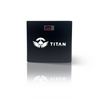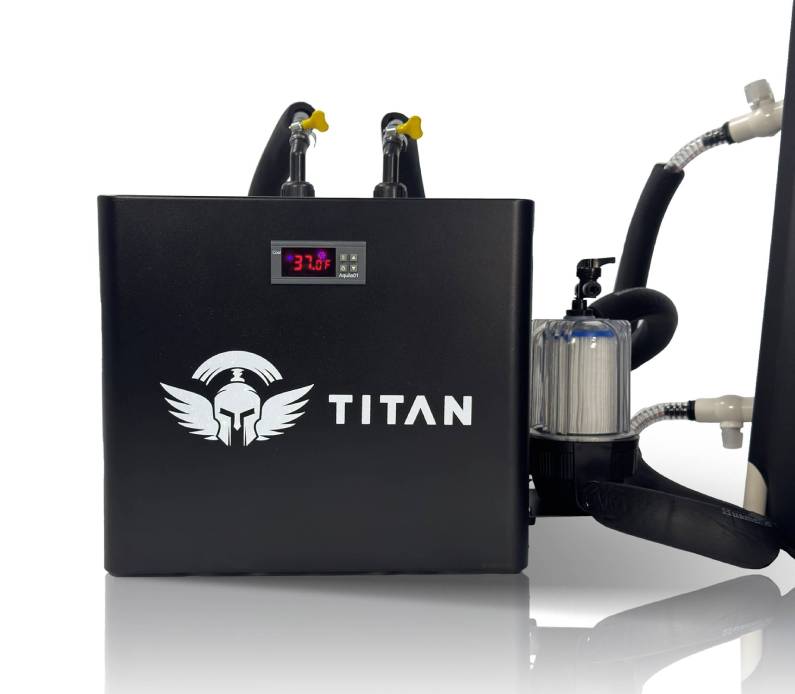Thinking about doing a cold plunge every day for a month? You're not alone. From athletes and fitness junkies to biohackers and stressed-out desk workers, more and more people are diving—literally—into this daily habit.
But what actually changes when you commit to 30 days of cold plunging? Let’s break it down week by week, like a friend walking you through the experience—because the changes are real, and they go way beyond just “feeling refreshed.”
Week 1: The Cold Slap
First things first: the shock is intense. That first plunge into water around 50°F (10°C) will likely leave you gasping. Your body’s natural “fight or flight” response kicks in, and it’s a mental battle not to jump right out.
But even during the first few plunges, something interesting starts to happen. Most people report feeling more awake, more alert—almost like caffeine without the jitters. That’s thanks to a spike in norepinephrine, a hormone that boosts attention, energy, and focus. Studies have shown it can increase by over 200% with repeated cold exposure.
So yeah, mornings start to feel different. Sharper. Quicker. More “on.”
Week 2: Soreness Down, Mood Up
By the second week, the body starts adapting. Cold plunges don’t feel good yet, but they’re not as unbearable. And this is where people often notice better workout recovery. If you’ve been hitting the gym or going on runs, you might realize your muscles aren’t as achy the next day.
That’s because cold water immersion helps reduce inflammation and delay muscle soreness. A meta-analysis in the International Journal of Sports Medicine backs this up—it’s a favorite recovery tool for a reason.
And then there’s the mental health shift. Cold plunges have been linked to lower anxiety levels and reduced symptoms of depression. Why? They activate the sympathetic nervous system and trigger the release of endorphins—those feel-good chemicals we could all use more of.
Week 3: Better Sleep & Glowing Skin?
By now, the body’s used to the plunge—and starts craving it. One of the most surprising changes? Sleep. Cold exposure helps regulate circadian rhythms and can improve sleep onset and quality, especially if done in the late afternoon or evening. You fall asleep faster, wake up less, and feel more rested.
Another subtle shift: your skin. Some people notice less inflammation, tighter pores, and overall smoother texture. The cold improves blood flow and reduces puffiness, and while research is still catching up on the skin angle, it’s a popular benefit among plungers.
There’s also a mental resilience that sneaks in. You start to feel a little more unfazed by daily stress—whether it's a work crisis or traffic. Cold exposure strengthens the parasympathetic nervous system, helping you calm down faster after stress.
Week 4: You’re Built Different Now
By the final week, you’ve built not just tolerance—but routine. You step into the cold like it’s a ritual. 2 to 4 minutes feels totally doable. And the real change? It’s not just physical.
You’ve trained your mind to do hard things consistently. And that confidence carries over—into your workouts, your workday, and your mood.
Cold plunging becomes a reset button. A way to clear mental fog, bounce back from a rough day, or just start fresh every morning. And while science supports the physical changes, it’s the mental transformation that keeps people coming back.
Ready to Try It for Yourself?
If you’re curious about cold plunging—or ready to take the leap—a reliable cold plunge tub at home makes all the difference. Titan Plunge has everything you need to get started. Whether you're looking for a compact tub for your backyard or a more premium setup for daily recovery, we've got a range of options to fit your routine and space.
Check out our collection at titanplunge.com and find the plunge that’s right for you.
Your 30-day transformation starts with one step into the cold.


 30-Day Hassle-Free Returns
30-Day Hassle-Free Returns





